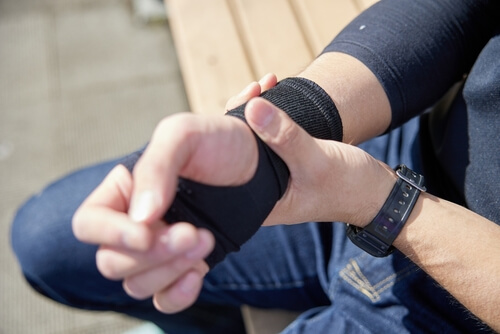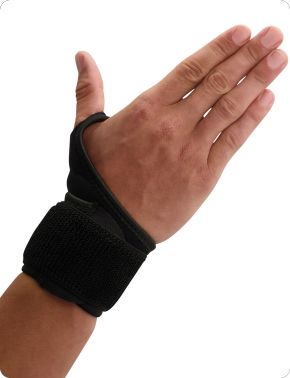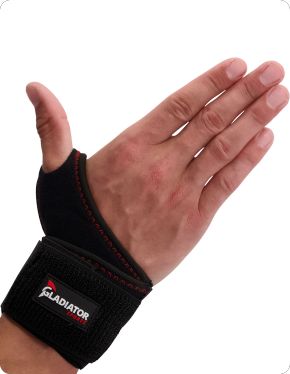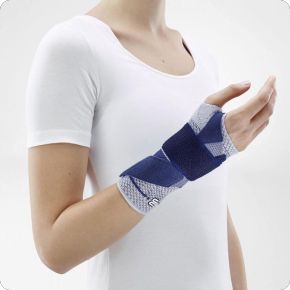Frequently asked questions about wrist braces
Many people wear a wrist brace or need one. This can raise a number of questions or uncertainties. In this blog, we list the most frequently asked questions and, of course, provide answers. Read on below.
Driving a car with a wrist brace
Wearing a wrist brace while driving is not prohibited by law. However, it is wise to always consult your treating doctor or specialist about your specific situation. If your doctor finds that it is safe for you to drive, you can drive with peace of mind. Do bear in mind that wearing the brace will make your wrist less mobile.
How long to wear a wrist brace?
How long you should wear a wrist brace depends on the injury or complaint you have and the severity of the condition. It is important to wear the brace for at least that long to allow the joint to recover fully. When the pain subsides, you can ease off wearing the brace. Always do this in consultation with your treating doctor or specialist. Expect this to take up to 14 days.

Can I continue to wear a wrist brace while sleeping?
Most braces are worn during the day. At night, it is wise to take off the brace to allow the joint to rest. However, there are also braces that should be worn both during the day and at night. These braces help prevent incorrect movements at night. A good example is with carpal tunnel syndrome. There are also braces that should only be worn at night. These are for specific complaints.
My wrist brace hurts, is that bad?
Wearing a wrist brace should not hurt. The support and stability provided by the brace should actually reduce pain. Do you still feel more pain when wearing a brace? Then it is probably not adjusted properly, or you have put it on incorrectly. So check the brace fully first and, if you are unsure, contact your specialist.
How tight should a wrist brace be?
It is important that the brace isn't too tight or too loose. If the brace is not tight enough, it will not provide sufficient support and your symptoms will not diminish. But a brace that is too tight is not only uncomfortable, it can also be dangerous. The brace should be secure and unable to move, but your hand should not turn blue. A numb or tingling sensation are also signs that the brace is too tight. When in doubt, always consult your doctor or specialist!

Will a wrist brace be reimbursed?
Whether the brace will be reimbursed by health insurance depends entirely on your health insurance and which policy you have taken out. The nature of the injury or condition also plays a role. If you need the wrist brace for daily functioning, insurance reimbursement is often possible. Temporary braces will not be reimbursed anyway, and neither will sports braces.
Below is an overview of the conditions for reimbursement of a wrist brace from the basic insurance:
- The brace must be prescribed by a medical specialist.
- The brace must be used long-term/permanently (chronically).
- The brace must be necessary for daily functioning.
Before buying a wrist brace, always check your health insurance policy conditions. This will ensure that there are no surprises.
Want to buy a wrist brace?
Do you have any questions about wearing or using wrist support? You can always contact our customer service team. They can answer all your questions and are happy to help. They can be reached via phone, live chat and email.














